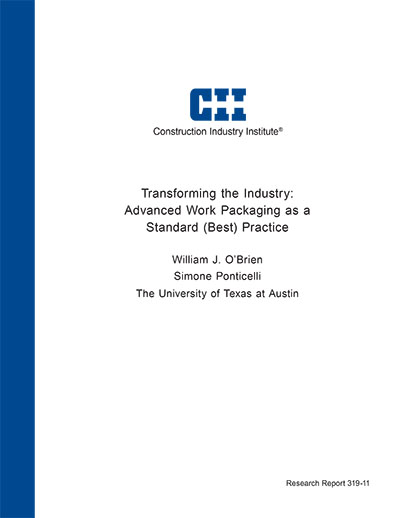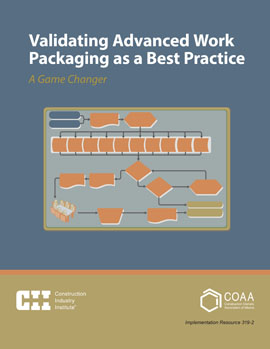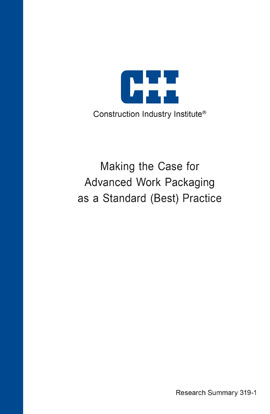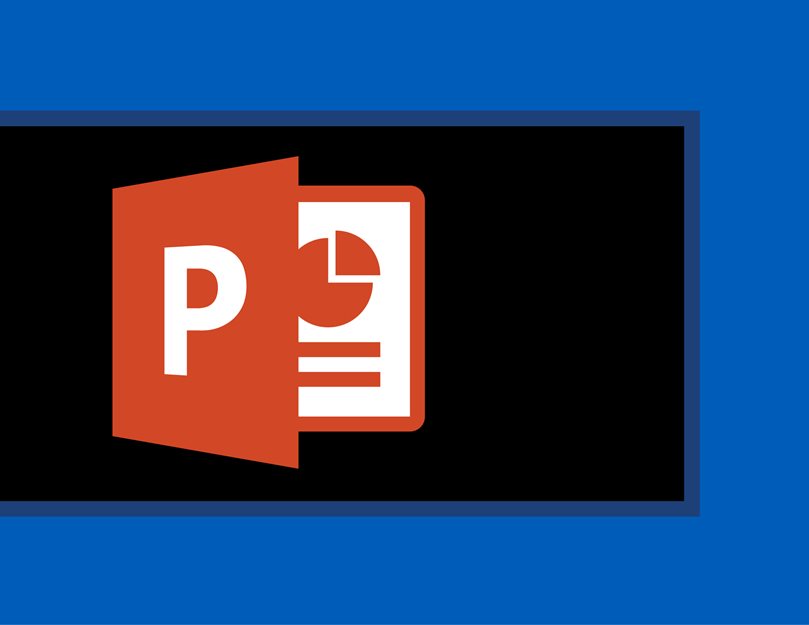
Transforming the Industry: Advanced Work Packaging as a Standard (Best) Practice
To increase project performance and predictable outcomes, previous CII research has proposed a disciplined approach to project planning and execution, named Advanced Work Packaging (AWP). Present research builds on and extends the previous findings on AWP implementation by CII Research Team (RT) 272, which provided a comprehensive AWP model, together with definitions, procedures, contracting guidelines, job roles description, checklists, and templates. Specifically, AWP has been showed to deliver dramatic performance improvements in field productivity, cost and schedule, improved project predictability, and related benefits in safety, quality and alignment of the project team. Such breakthrough performance increases have drawn considerable attention from the industry, but a compelling research validation is required to demonstrate the consistency and the generalizability of these explorative findings.
The primary objective of present research is to validate the performance success of the AWP execution model and thus lay the case for AWP becoming a standard (best) practice for the industry. Specifically, the following three goals have been pursued:
- Evaluate the relationship between AWP implementation and various dimensions of project performance.
- Identify typical AWP implementation pathways and levels of AWP maturity.
- Provide process metrics and key indicators for assessing performance during execution as well as completion.
Based on multiple qualitative and quantitative research techniques – such as case studies, surveys, and focus groups – extensive empirical evidence has been triangulated to validate the causal relationship between AWP implementation and project performance improvement.
Findings show that effective AWP implementation results in consistent improvements across six performance dimensions, namely: up to 25% productivity improvements, up to 10% cost savings, improved schedule adherence, increased construction quality, and enhanced project predictability. Multiple sources of evidence confirmed that AWP is an important contributor to successful project execution, fostering early coordination and collaboration between project participants. Achieving an effective AWP Implementation entails the application of three critical prerequisites, namely: the adherence to prescribed AWP procedures; the alignment on AWP processes at the intra- and inter-organizational levels; and the integration of contracts to include AWP and related roles and responsibilities.
The typical AWP adoption pattern for industrial construction companies evolves following the shape of an S-curve. Three iterative maturity stages – each one building on the previous one – have been detailed with regards to different implementation characteristics. The Maturity Model for AWP can support practitioners by highlighting specific managerial practices, performance expectations, and implementation challenges that characterize each maturity stage. A key finding is that even initial implementations – low maturity projects – find positive benefits from AWP. At the same time, benefits increase as companies increase their AWP implementation maturity, supporting further investment.
To ensure the continuous alignment between AWP strategy and actual implementation, this research provided a set of maturity checklists and Key Performance Indicators (KPIs) that are structured and executed in correspondence of predetermined and critical AWP phases and deliverables. KPIs should be used as a concise set of indicators that highlights “what” went right or wrong during project execution in comparison to company’s objectives and/or previous projects. The maturity checklist should be used to understand “why” that performance was achieved by analyzing the dynamics underlying specific construction processes throughout project life-cycle.
Overall, the combined data collected presents strong evidence that the benefits from AWP implementation are consistent and that there is a compelling case for further adoption by the industry.



